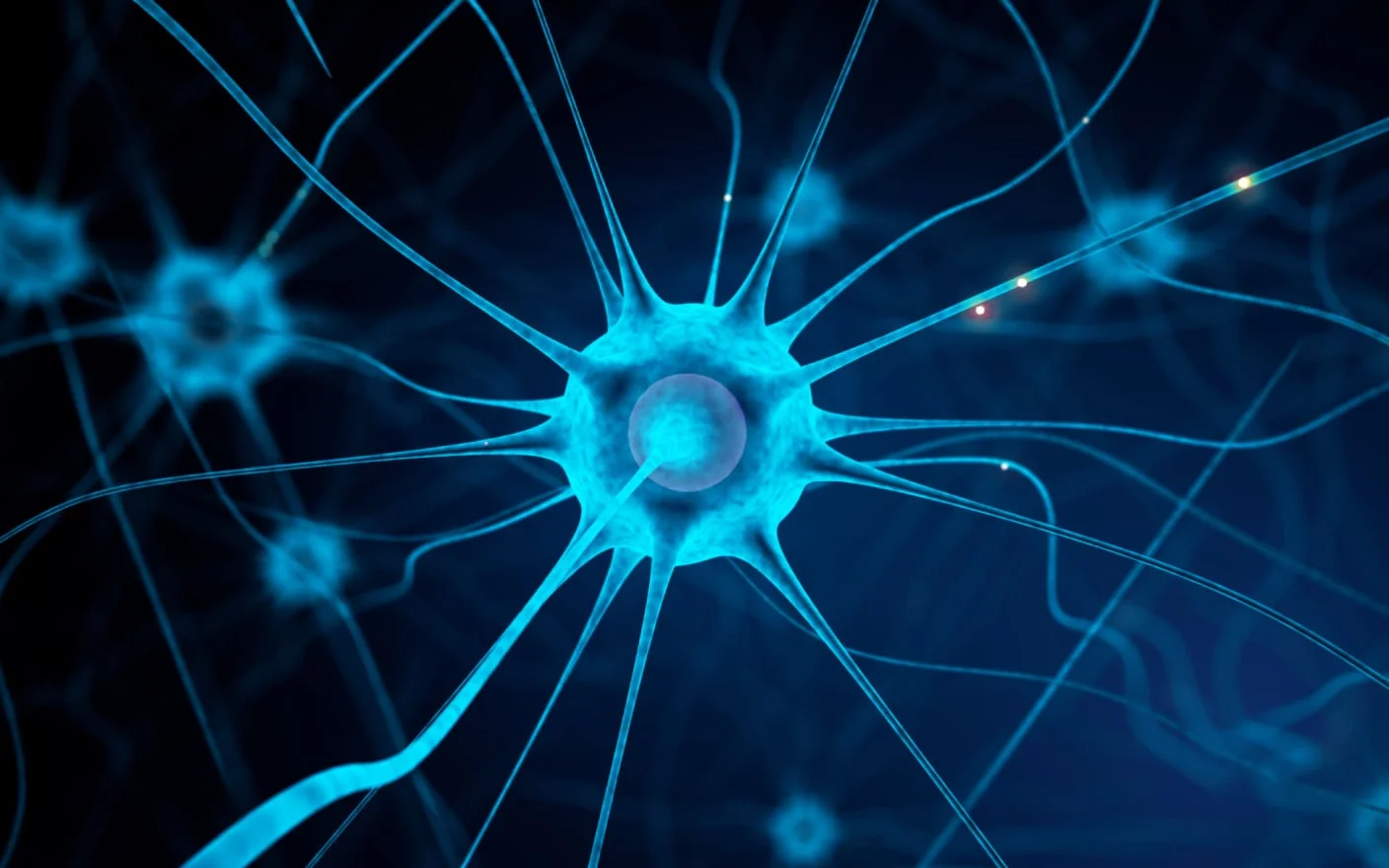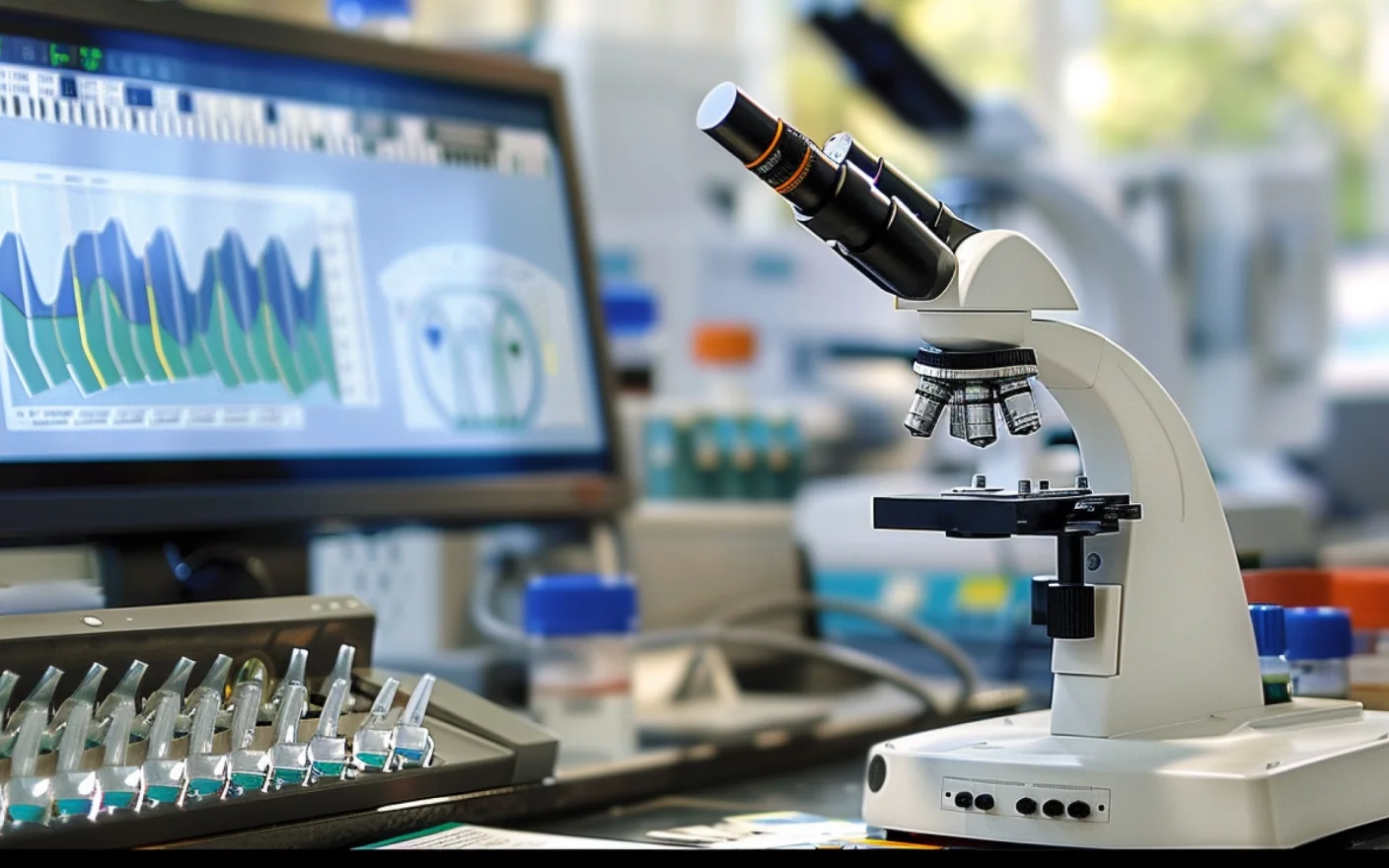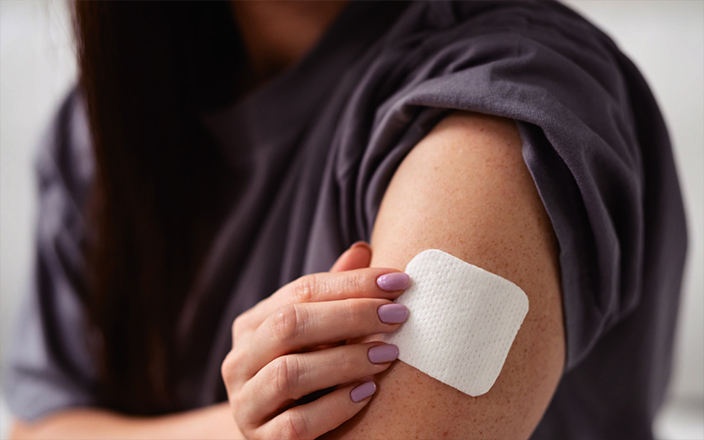The intricate structure of the eye poses several challenges for ophthalmic bioanalysis, including small sample volumes, low concentrations of analytes, and difficulty in obtaining a real blank matrix. This article focuses on the challenges and strategies for in vivo ophthalmic bioanalysis after ocular drug delivery.
1. Challenges and strategies for ophthalmic bioanalysis after ocular drug delivery
(1) Low exposure in plasma of ocular drugs
After ocular administration (such as topical, intraocular, and periocular administration) or systemic administration, ophthalmic drugs can reach their target tissues through the bloodstream. Regardless of the route of administration, it is vital to measure drug concentrations in plasma to evaluate the potential drug toxicity owing to systemic exposure 1. Because of the existence of a “blood-eye barrier” similar to the “blood-brain barrier,” making it difficult for exogenous drugs to enter the eye. Therefore, topical drug delivery is commonly used in terms of ocular drug delivery. However, due to the small area of topical drug delivery and various barriers, the drug concentration in the systemic circulation is typically low. Therefore, it is necessary to develop highly sensitive bioanalytical methods to detect drug concentrations in plasma samples, which has become the most significant challenge in determining drug concentration in plasma after ocular drug delivery. To address this challenge, WuXi AppTec DMPK has developed a highly sensitive detection method of plasma drug concentration based on liquid chromatography–mass spectrometry (LC-MS). This method also comprehensively considers sample pretreatment, liquid phase conditions, and mass spectrometry conditions (Figure 1), providing an effective solution for evaluating systemic exposure after ocular topical administration.

Figure 1. Optimization strategies for low exposure in the plasma after ocular drug delivery
(2) Nonspecific binding issues of ocular drugs
Ophthalmic fluid samples (aqueous humor, vitreous humor, and tears) present potential nonspecific binding issues, which is mainly due to their unique composition. The main component of aqueous humor is water, but it also contains small amounts of chloride, vitamin C, urea, inorganic salts, and proteins. The protein content accounts for approximately 0.5% of plasma. Additionally, vitreous humor is mainly composed of water, making up 99% of vitreous humor, but it also contains small amounts of inorganic salts, sugars, and less than 1% protein. Tears consist of a variety of electrolytes, lipids, and small-molecule metabolites, with proteins comprising approximately 10%–15% of plasma. As a result of the low protein content in these three matrix samples, drugs are prone to generate non-specific adsorption in these matrices.
(3) Difficulty in obtaining a blank matrix of ocular drugs research
Matrix types in ophthalmic programs are complex and diverse, which is mainly due to the fact that drug distribution in ocular tissues is not directly related to systemic exposure. It is not only vital to study the ADME (absorption, distribution, metabolism, and excretion) of ophthalmic drugs in the whole body, but also to pay attention to the distribution of ophthalmic drugs in ocular tissues. Therefore, fine separation of each tissue or fluid is required for pharmacokinetic (PK) studies in ocular tissues. When it comes to the bioanalysis of ocular tissue samples, obtaining a blank matrix is also a major challenge due to the small volume of ocular tissue and the impossibility of using a large number of animals to obtain sufficient blank matrices.
To tackle this challenge, two main aspects need to be paid attention. Firstly, a suitable surrogate matrix needs to be selected, such as using a surrogate matrix highly similar to ocular tissues. If highly similar surrogate matrices are not available, similar accessible biological matrices or suitable reagents can be used as surrogate matrix. The second aspect to consider is the purchase of commercialized matrices (e.g., artificial tears). The current study shows that artificial tears can be used as a surrogate matrix to analyze the concentration of natamycin in rabbit tears, as shown in Figure 2.

Figure 2. Time-drug concentration curve of natamycin in rabbit tear fluid after topical administration of natamycin eye drops (5%, w/v) 2
2. Challenges and strategies for tear sample bioanalysis of ocular drugs
The challenges of tear sample bioanalysis are mainly related to its unique collection methods, which currently mainly include two methods: the capillary tube method and the filter paper strip method.
(1) Capillary tube method
During sample collection, the capillary tube gently touches the tear meniscus at the lower eyelid margin, and then the tear fluid enters the tube through capillary action. For capillary tube sampling, the single collection volume is about 10 μL. As shown in Figure 3, tear fluid samples have small volumes and are often retained in the capillary tube, making it difficult to extract the sample accurately. Accurately aspirating the sample and obtaining sufficient blank matrix for sample analysis pose challenges to the capillary tube collection method. We used organic reagents to dilute the tear samples and wetted the samples well in the sample tubes for accurate sampling. Meanwhile, organic reagents were also used as surrogate matrices to prepare standard curves and quality control samples for sample analysis.

Figure 3. The collection of tear samples using the capillary tube method
(2) Filter paper strip method
During sampling, one end of the filter paper strip is inserted under the conjunctival sac of the animal’s eyes and retained in place for a certain period of time to allow the tear fluid to infiltrate the paper strip. As shown in Figure 4, the filter paper strip is a solid sample and the liquid suitable for injection cannot be obtained by homogenization. The challenges of the filter paper strip method involve how to extract the drugs from the filter paper strip sample to obtain a liquid state for injection and how to use the filter paper strip as a blank matrix for preparing standard curves and quality control samples. To deal with these two challenges, we designed the process. First of all, the filter paper strip was soaked in an organic solvent and left to stand for a period of time to extract the drug from the strip, which transformed the filter paper strip from a solid to a liquid form suitable for injection. Secondly, for the preparation of standard curves and quality control samples, it is theoretically required to follow the entire sample process operation. However, considering the cumbersome sample handling process, we chose an alternative method. This alternative method refers to directly adding the working solution of the standard curve and quality control samples to the supernatant solution containing the blank filter paper strip for subsequent analysis, and it was verified with data. During the qualification process, the calibration curve samples were obtained using the alternative approach, and the quality control samples were added to the filter paper strip for processing and extracting for data validation. As shown in Figure 4, the qualified results indicated that the assay accuracy using the alternative approach meets the analytical requirements.

Figure 4. Tear samples were collected using the filter paper strip method and validation assay results
3. Challenges and strategies for drug binding to melanin
For ocular tissues of pigmented species, ocular melanin is located in the anterior portion of the ciliary body and iris, the posterior portion of the choroid, and within the retinal pigment epithelium 3. The binding of drugs to melanin could form a drug reservoir that is slowly released into the surrounding tissues, thereby affecting the PK, efficacy, and safety of drugs 1, 4. The binding of drugs to melanin brings a potential risk of inaccurate detection concentrations and unstable false positives, which presents a significant challenge for bioanalysis.
The solution strategy mainly considers the following three aspects:
-
Adding high concentration of salts, such as NaCl and MgCl2. This approach utilizes metal cations to bind to melanin and compete with the compound for the binding site 3, thus releasing the compound.
-
Adjusting the pH. For weakly basic drugs with more than 9 pKa values, decreasing the pH below 7 does not affect the ionization of the drug, but alters the ionization of melanin, thus reducing the binding of the drug to melanin 3.
-
Adding a protease disrupts the surface protein hydration of melanin and thus destroys its structure. This does not affect the structure of the small molecule drug and reduces the binding rate to release the compound.
Concluding
Due to the various barriers in ocular drug delivery, drugs are difficult to reach target tissues to exert their efficacy, and their action time is short. With the development of advanced drug delivery systems, such as liposomes and nanoparticles, the duration of drug action has been prolonged, and novel types of ophthalmic drugs, such as oligonucleotides and exosomes, are constantly being developed, bringing new hope to patients with eye diseases. At the same time, ophthalmic bioanalysis will also face more challenges. We will closely monitor advancements in the industry, improve our service capacity, and support the research and development of more ophthalmic drugs.
If you want to learn more details about the strategies for ophthalmology, please talk to a WuXi AppTec expert today to get the support you need to achieve your drug development goals.
Authors: Tingting Li, Xinfa Fu, Yanfu Ren, Lili Xing
Committed to accelerating drug discovery and development, we offer a full range of discovery screening, preclinical development, clinical drug metabolism, and pharmacokinetic (DMPK) platforms and services. With research facilities in the United States (New Jersey) and China (Shanghai, Suzhou, Nanjing, and Nantong), 1,000+ scientists, and over fifteen years of experience in Investigational New Drug (IND) application, our DMPK team at WuXi AppTec are serving 1,500+ global clients, and have successfully supported 1,200+ IND applications.
Reference
[1] Velagaleti, P.R., Buonarati, M.H. (2013). Challenges and Strategies in Drug Residue Measurement (Bioanalysis) of Ocular Tissues. In: Gilger, B. (eds) Ocular Pharmacology and Toxicology. Methods in Pharmacology and Toxicology. Humana Press, Totowa, NJ. http://doi.org/10.1007/7653_2013_6
[2]Bhatta RS, Chandasana H, Rathi C, Kumar D, Chhonker YS, Jain GK. Bioanalytical method development and validation of natamycin in rabbit tears and its application to ocular pharmacokinetic studies. J Pharm Biomed Anal. 2011 Apr 5;54(5):1096-100. doi: 10.1016/j.jpba.2010.11.028. Epub 2010 Nov 30. PMID: 21168297.
[3] Rimpelä AK, Reinisalo M, Hellinen L, Grazhdankin E, Kidron H, Urtti A, Del Amo EM. Implications of melanin binding in ocular drug delivery. Adv Drug Deliv Rev. 2018 Feb 15;126:23-43. doi: 10.1016/j.addr.2017.12.008. Epub 2017 Dec 13. PMID: 29247767.
[4] Novack GD, Moyer ED. How Much Nonclinical Safety Data Are Required for a Clinical Study in Ophthalmology? J Ocul Pharmacol Ther. 2016 Jan-Feb;32(1):5-10. doi: 10.1089/jop.2015.0120. Epub 2015 Nov 5. PMID: 26539734.
Related Services and Platforms




-

 In Vivo PharmacokineticsLearn More
In Vivo PharmacokineticsLearn More -

 DMPK BioanalysisLearn More
DMPK BioanalysisLearn More -

 Therapeutic Areas DMPK Enabling PlatformsLearn More
Therapeutic Areas DMPK Enabling PlatformsLearn More -

 Rodent PK StudyLearn More
Rodent PK StudyLearn More -

 Large Animal (Non-Rodent) PK StudyLearn More
Large Animal (Non-Rodent) PK StudyLearn More -

 Clinicopathological Testing Services for Laboratory AnimalsLearn More
Clinicopathological Testing Services for Laboratory AnimalsLearn More -

 High-Standard Animal Facilities and Animal WelfareLearn More
High-Standard Animal Facilities and Animal WelfareLearn More -

 Preclinical Formulation ScreeningLearn More
Preclinical Formulation ScreeningLearn More -

 Novel Drug Modalities BioanalysisLearn More
Novel Drug Modalities BioanalysisLearn More -

 Small Molecules BioanalysisLearn More
Small Molecules BioanalysisLearn More -

 Bioanalytical Instrument PlatformLearn More
Bioanalytical Instrument PlatformLearn More -

 Ophthalmic Drugs DMPK ServicesLearn More
Ophthalmic Drugs DMPK ServicesLearn More -

 CNS Drugs DMPK ServicesLearn More
CNS Drugs DMPK ServicesLearn More -

 Respiratory Drugs DMPK ServicesLearn More
Respiratory Drugs DMPK ServicesLearn More -

 Topical and Transdermal Drugs DMPK ServicesLearn More
Topical and Transdermal Drugs DMPK ServicesLearn More
Stay Connected
Keep up with the latest news and insights.



















